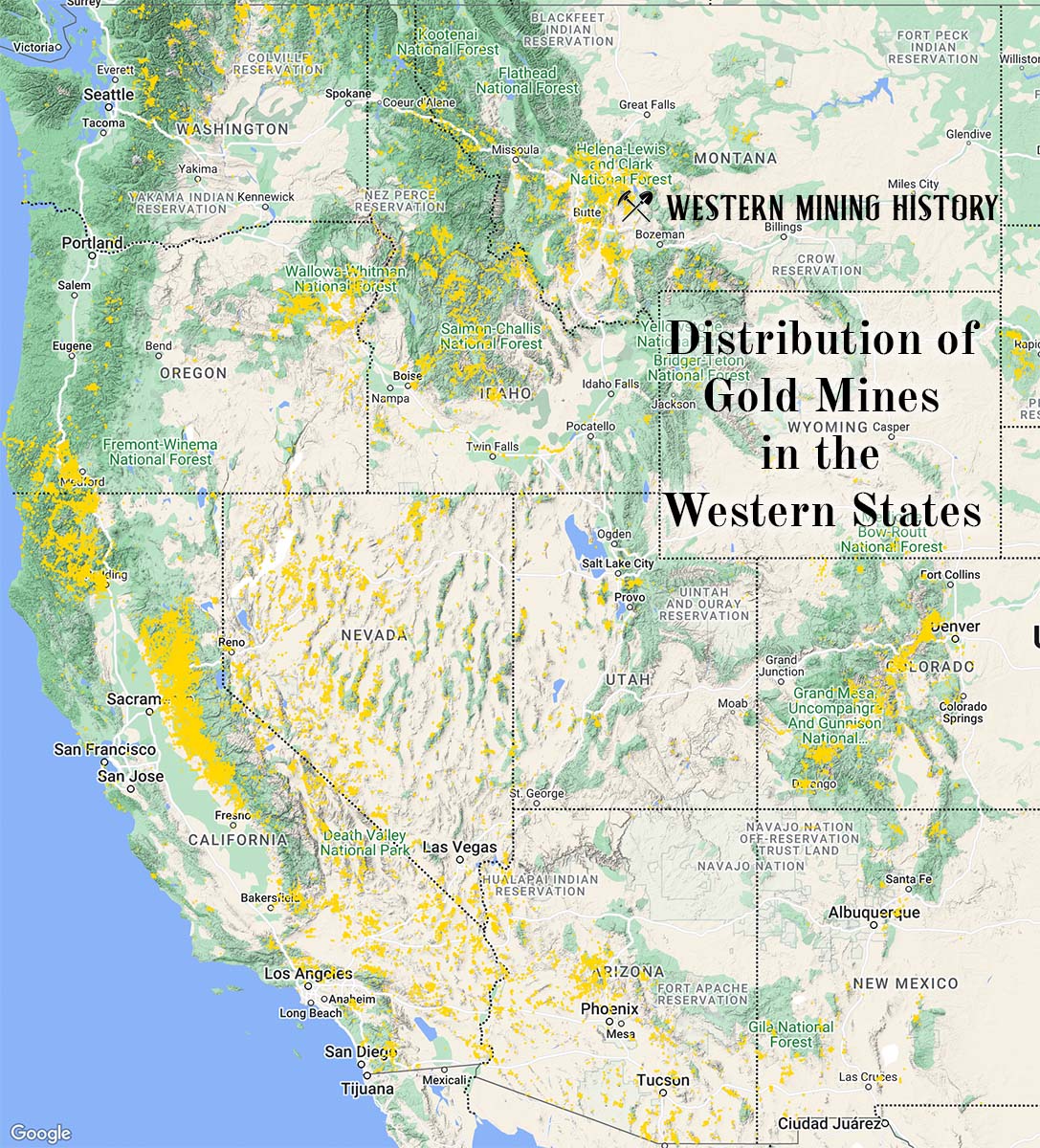The Mount Casca is a uranium and phosphorus-phosphates mine located in Alaska.
About the MRDS Data:
All mine locations were obtained from the USGS Mineral Resources Data System. The locations and other information in this database have not been verified for accuracy. It should be assumed that all mines are on private property.
Mine Info
Elevation:
Commodity: Uranium, Phosphorus-Phosphates
Lat, Long: 65.348, -141.05400
Map: View on Google Maps
Mount Casca MRDS details
Site Name
Primary: Mount Casca
Secondary: VABM Casca
Commodity
Primary: Uranium
Primary: Phosphorus-Phosphates
Location
State: Alaska
District: Black
Land Status
Not available
Holdings
Not available
Workings
Not available
Ownership
Not available
Production
Not available
Deposit
Record Type: Site
Operation Category: Prospect
Operation Type: Unknown
Years of Production:
Organization:
Significant:
Physiography
Not available
Mineral Deposit Model
Model Name: Phosphate, upwelling type
Orebody
Not available
Structure
Not available
Alterations
Alteration Type: L
Alteration Text: Alteration at Mount Casca prospect consists of pervasive silicification with chalcedony-lined vugs and irregular quartz veining. Iron and manganese oxides are present within breccia zones (DiMarchi and others, 1993).
Rocks
Not available
Analytical Data
Not available
Materials
Ore: Collophane
Ore: Apatite
Comments
Comment (Exploration): Status = Active
Comment (Workings): Workings / Exploration = The Mount Casca prospects were explored by WGM Inc. in 1975 and 1976, by Union Carbide in 1977, and by ASA Inc. in 1993. WGM Inc. conducted a soil sampling and trenching program, and Union Carbide took soil and rock samples and also did some petrographic analysis. ASA Inc.'s program consisted of selective rock sampling and mapping of the prospect (DiMarchi and others, 1993).
Comment (Deposit): Model Name = Upwelling-type phosphate deposit? (Cox and Singer, 1986; model 34c)
Comment (Deposit): Other Comments = This prospect lies on Doyon, Limited selected or conveyed land. For more information, contact Doyon, Limited. This site is within the Yukon-Charley Rivers National Preserve.
Comment (Geology): Age = Cambrian or younger, based on the age of the host rocks.
Comment (Reference): Primary Reference = DiMarchi and others, 1993
Comment (Geology): Geologic Description = The main geologic unit in the Mount Casca area is a massive boulder-conglomerate of the Ordovician to Devonian Road River Formation (Dover and Miyaoka, 1988). The massive conglomerate is overlain by thin wedges of algal limestone of the Devonian Ogilvie Formation and underlain by the Cambrian Funnel Creek Limestone. The massive conglomerate is clast supported with an unsorted matrix. Clasts are mostly silicified oolitic limestone, chert pebbles, granular apatite, and fossil fragments. In some places, phosphate nodules as much as 5 inches in diameter were reported (DiMarchi and others, 1993). The conglomerate also contains limestone breccias. The conglomerate contains anomalous phosphorous and uranium geochemical values. The phosphorous is located in phosphate nodules and apatite, and the uranium is in collophane and uranium-bearing apatite (DiMarchi and others, 1993). The limestone breccias contain 400 parts per million uranium, and 16.5 percent P2O5 (Doyon, Limited, 1986). Alteration in the conglomerate appears as pervasive silicification with chalcedony-lined vugs and irregular quartz veining. Within breccia zones, many iron and manganese oxides are present (DiMarchi and others, 1993). The Mount Casca prospect was explored by WGM Inc. in 1975 and 1976, by Union Carbide in 1977, and by ASA Inc. in 1993. WGM Inc. conducted a soil sampling and trenching program, and Union Carbide took soil and rock samples, and also did some petrographic analysis. ASA Inc.'s program consisted of selective rock sampling and mapping of the prospect (DiMarchi and others, 1993).
References
Reference (Deposit): DiMarchi, J.J., Weglarz, T.B., Adams, D.D., Hubert, J.A., and West, A.W., 1993, 1993 annual report reconnaissance program, Doyon option lands: ASA Inc., 120 p. (Report held by Doyon Ltd., Fairbanks, Alaska.)
Reference (Deposit): Doyon, Limited, 1986, Mines, prospects, and geochemical anomalies on Doyon, Limited, regional overselection lands, Alaska: Fairbanks, Alaska, Doyon, Limited, Report 86-01A, v. 1, 150 p. (Report held by Doyon, Limited, Fairbanks, Alaska.)
Reference (Deposit): Dover, J.A., and Miyaoka, R.T., 1988, Reinterpreted geologic map and fossil data, Charley River quadrangle, east-central Alaska: U.S. Geological Survey Miscellaneous Field Studies Map MF-2004, 2 sheets, scale 1:250,000.
The Top Ten Gold Producing States

These ten states contributed the most to the gold production that built the West from 1848 through the 1930s. The Top Ten Gold Producing States.